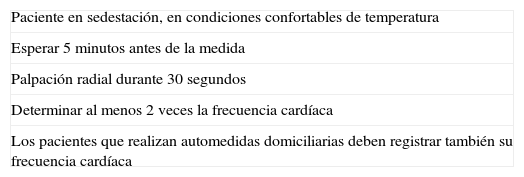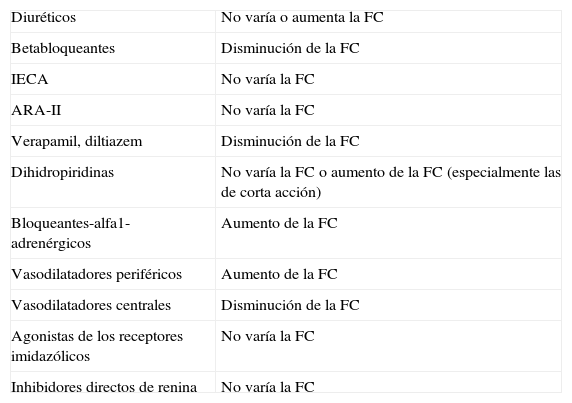Una frecuencia cardíaca basal más elevada en la clínica se ha asociado a una mayor morbimortalidad cardiovascular. En gran parte de los estudios, la asociación entre frecuencia cardíaca y mortalidad se mantiene incluso tras ajustar el análisis para múltiples variables, como factores de riesgo cardiovascular, actividad física, función pulmonar, uso de betabloqueantes, tratamiento antihipertensivo, hemoglobina, hipertrofia ventricular izquierda, enfermedad coronaria o insuficiencia cardíaca. La taquicardia basal sería, por lo tanto, un marcador de enfermedad crónica subclínica o de la propia hiperactividad simpática. Tanto la frecuencia cardíaca clínica como la obtenida por monitorización ambulatoria de presión arterial –especialmente la frecuencia cardíaca nocturna- son útiles para estimar mejor el riesgo del hipertenso.
A higher office basal heart rate has been associated with increased cardiovascular morbidity and mortality. The association between heart rate and mortality in most studies remains even after adjusting for multiple confounding variables such as cardiovascular risk factors, physical activity, lung function, use of beta blockers, antihypertensive treatment, hemoglobin, left ventricular hypertrophy, coronary disease or heart failure. Therefore, basal tachycardia seems to be a marker of subclinical chronic disease or a sign of the sympathetic hyperactivity. Both office heart rate and heart rate obtained by ambulatory blood pressure monitoring –especially nighttime heart rate- are useful to better estimate the cardiovascular risk of the hypertensive patient.










